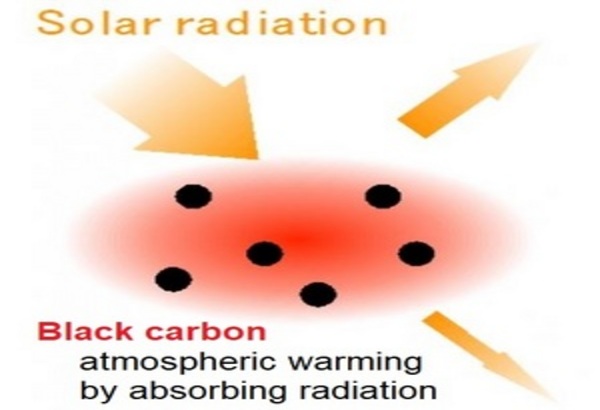Difference in air temperature change depending on chemical components of PM2.5 - toward suitable mitigation both for climate change and air pollution -
Mar. 15, 2019
Kyushu University
AORI, The University of Tokyo

The Earth’s climate, as various physical phenomena, is regulated by energy budget. While greenhouse gases are well known as components which induce climate imbalance, one of the major air pollutants, aerosols (e.g. PM2.5), also disturb the energy balance. With the aerosol climate model MIROC-SPRINTARS, Profs. Toshihiko Takemura, Research Institute for Applied Mechanics, Kyushu University, and Kentaroh Suzuki, Atmosphere and Ocean Research Institute, University of Tokyo clearly showed that the global surface air temperature change due to the energy imbalance (termed “radiative forcing”) strongly depends on chemical components of aerosols. Sulfate and black carbon aerosols, major air pollutants, induce energy imbalance through scattering and absorbing the solar radiation, respectively. This study elucidated that the global air temperature change by black carbon per radiative forcing is much smaller than that by sulfate. This finding provides a novel scientific basis that is critical for establishing suitable measures simultaneously addressing climate change and air pollution. In particular, the study raises a question about the assumption underlying many international and domestic measures against climate change and air pollution that the global temperature change occurs similarly for different chemical components of aerosols with the same radiative forcing. The SPRINTARS used in this study is also known as the forecast system providing PM2.5 concentration level to the press and the public on daily basis.
https://www.kyushu-u.ac.jp/en/researches/view/123![]()
(Kyushu University)
![]()



